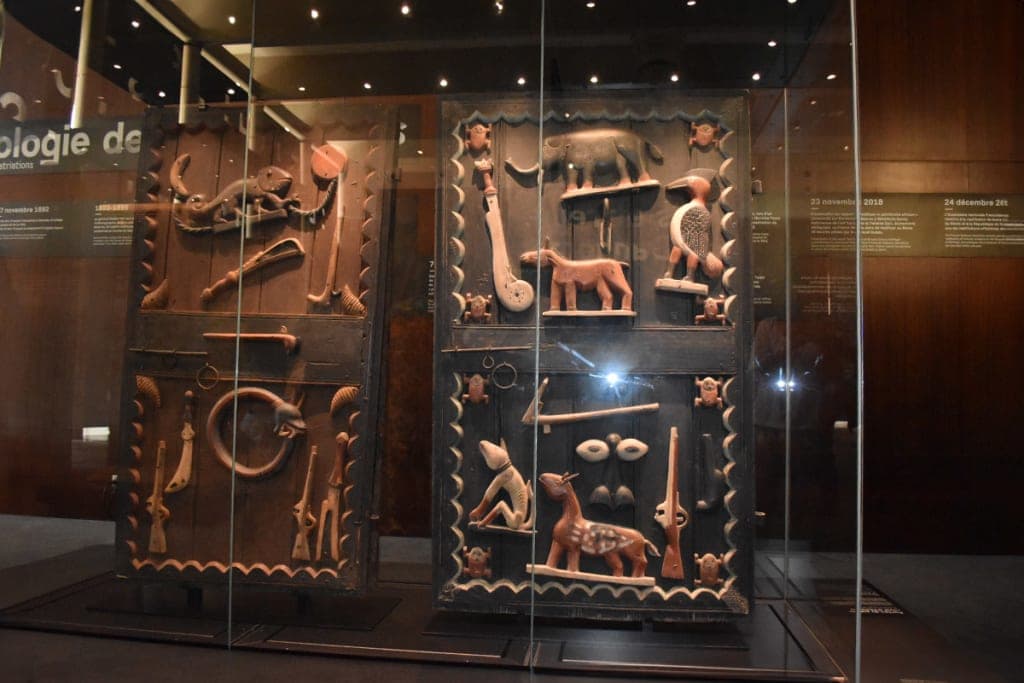In a world where globalization and technological progress are rapidly changing the face of society, ethnographic museums play a crucial role in preserving unique cultural traditions and customs. These institutions are not only repositories of artifacts but also serve as a bridge between the past and the present, allowing us to see and understand vanishing cultures. In this article, we will explore the significance of ethnographic museums and their role in preserving cultural heritage.
The Role of Ethnographic Museums in Preserving Cultural Heritage
Ethnographic museums exist with one important goal: to preserve the unique cultural characteristics of peoples that may disappear or be lost in the face of a rapidly changing world. These institutions focus on collecting, preserving, and displaying objects that represent the daily lives, traditions, crafts, costumes, and beliefs of various peoples.
Through these museums, we can study how culture and nature interact, how social structures change, and what customs and traditions were important to particular communities. Ethnographic collections help us understand the richness of human cultural diversity and serve as a warning of the potential loss of valuable elements due to globalization.
Moreover, these museums play an important role in promoting cultural identity. They provide a space where people from different backgrounds can come together to learn about their shared history, and at the same time, they offer a platform for minority cultures to preserve their traditions. This is particularly important for communities whose cultures are at risk of being overshadowed by dominant global trends.
Museums as Repositories of Vanishing Cultures
One of the key aspects of the work of ethnographic museums is the preservation of materials that may vanish with the disappearance of traditional ways of life. In the modern world, many peoples are facing challenges related to the loss of their cultural roots. The reasons for this can vary: the influence of global trends, the loss of land, migration, or even the destruction of nature.
Ethnographic museums act as guardians of these vanishing cultures, offering not only the preservation of physical objects but also maintaining the knowledge of their significance to the people. In museum collections, one can find everything from ancient tools to clothing used in specific historical periods. All these items serve as reminders of what was once important to society.
Furthermore, these museums are crucial in the context of the cultural heritage of indigenous and marginalized groups. Many such groups face the erasure of their traditions due to the pressures of modernization, and ethnographic museums are key to documenting and preserving their history. By doing so, they provide future generations with the opportunity to reconnect with their cultural origins.
Museums as Educational Centers
Ethnographic museums also perform an important educational function. They introduce visitors to different cultures, teaching respect and understanding for differences, and allowing a deeper appreciation for the value of human civilization’s diversity. Museums actively use interactive technologies to make the learning process more engaging and accessible for people of all ages. Virtual tours, multimedia presentations, and artistic installations help visitors immerse themselves in the atmosphere of another era or country.
Ethnographic museums also play a crucial role in educating about the sustainability of cultural traditions. For example, in Hungary, there are museums dedicated to preserving rural life, crafts, and folk traditions, which support small communities and artisans who are engaged in reviving old skills.
In addition to showcasing traditional practices, some museums have begun collaborating with living communities to ensure that these traditions continue to thrive. By partnering with artists, artisans, and cultural practitioners, these museums help ensure that the knowledge is passed on to younger generations, thus ensuring the survival of these traditions for years to come.
Contemporary Challenges in Preserving Cultural Heritage
Despite all efforts, preserving vanishing cultures remains a difficult task. Many traditions are at risk of disappearing not only due to globalization but also because of the loss of the bearers of this knowledge. Changes in lifestyle, the loss of language, and a lack of funding for preserving artifacts make the work of ethnographic museums even more important and challenging.
In addition, modern ethnographic museums face issues related to the ethical aspects of collecting and displaying cultural objects. Some communities and peoples protest the presence of their objects in foreign museums. These debates about the right to cultural heritage and the repatriation of artifacts have become particularly relevant in our time.
For example, the issue of repatriating indigenous artifacts has been a hot topic in recent years. Many indigenous groups around the world have demanded that cultural objects taken during colonial periods be returned to their original communities. This has led to a broader conversation about the ethical responsibilities of museums and the need to ensure that the cultures represented are respected in both the display and collection of their artifacts.
Conclusion
Ethnographic museums play a unique role in preserving cultural traditions and the memory of peoples whose customs and ways of life may vanish. In the context of globalization, where vanishing cultures face numerous threats, these museums become important resources for understanding and respecting different traditions. Museums not only preserve but also transmit knowledge about cultural heritage, educating future generations about the importance of maintaining historical memory and respecting diversity.
By offering a platform for dialogue and cultural exchange, ethnographic museums contribute to the broader goal of global cultural understanding. They remind us of the value of preserving the past while embracing the future, ensuring that cultural diversity continues to thrive in a rapidly changing world. These institutions are not only archives of the past but active participants in shaping a more inclusive and respectful future.
